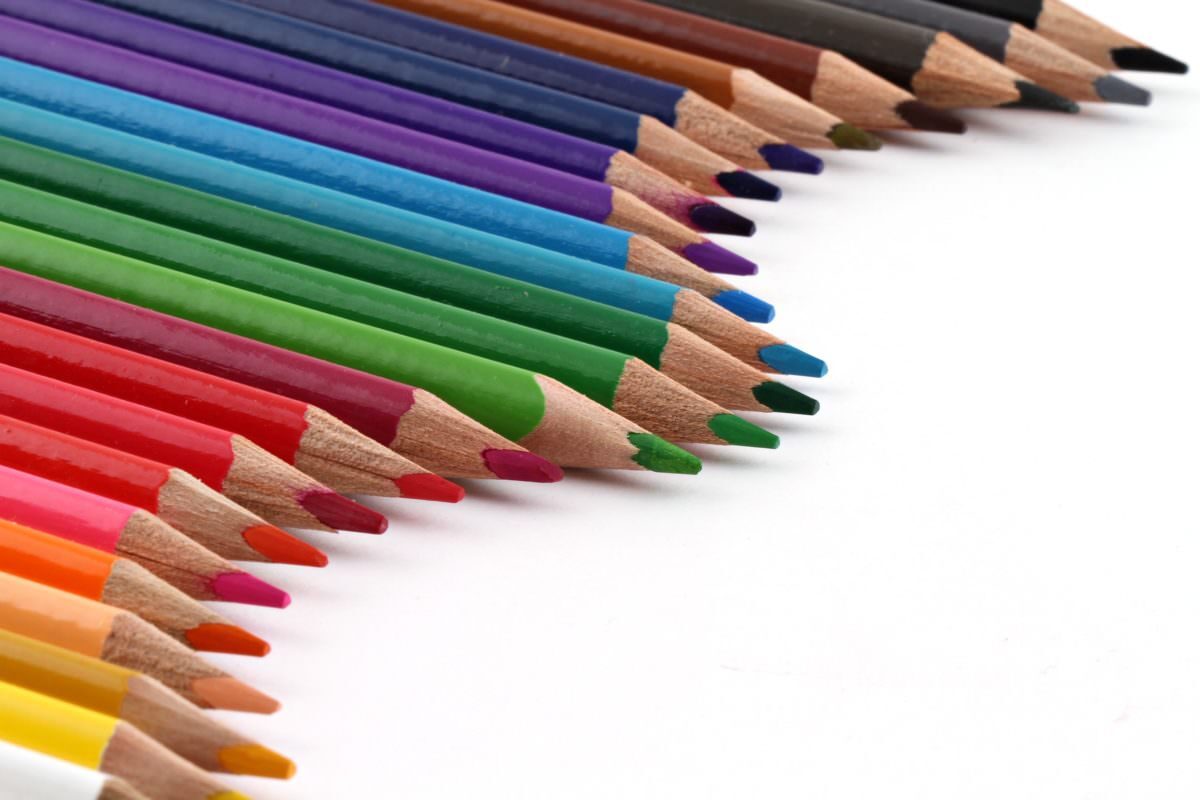In Flutter, you can create a color from a hexadecimal color string value using the Color class. The Color class takes a 32-bit integer value as an argument, where the first 8 bits represent the alpha channel (transparency) and the remaining 24 bits represent the red, green, and blue channels.
To create a color object from a hexadecimal color string value, you need to pass the value to the Color() constructor. For example, to create the color red, you can use the following code:
Color color = Color(0xFFFF0000);To create a color from a hexadecimal string value, you need to convert the string to a 32-bit integer value first. Here’s an example of how to do it:
String hexColor = "#FF0000"; // red color
Color color = Color(int.parse(hexColor.substring(1, 7), radix: 16) + 0xFF000000);In the above code, the substring(1, 7) method is used to remove the “#” character from the hexadecimal color string. The int.parse() method converts the remaining string into a 32-bit integer value using the radix argument, which specifies that the string is in base 16 (hexadecimal). The + 0xFF000000 part adds the alpha channel value of 255 (fully opaque) to the color value.
Colors with Transparency
You can also create colors with transparency using an eight-digit hexadecimal color string value. The first two digits represent the alpha channel, which controls the opacity of the color. For example, to create a semi-transparent red color, you can use the following code:
Color semiTransparentColor = Color(0x80FF0000);Or for a given string value:
String hexColor = "#FF0000"; // red color
Color semiTransparentColor = Color(int.parse(hexColor.substring(1, 7), radix: 16) + 0x80000000);Here, 0x80FF0000 is the hexadecimal color value for red with 50% transparency. The first two digits “80” represent the alpha channel, and the remaining six digits represent the color components.
Usage in Widgets
You can now use the color object to set the color of any widget in your Flutter application:
Container(
color: color,
child: ...
)You can also use the color object as a parameter in some widgets, such as the IconButton widget. Here’s an example:
IconButton(
icon: Icon(Icons.add),
color: color,
onPressed: () {},
)Foto von Ramakant Sharda auf Unsplash

Leave a Reply